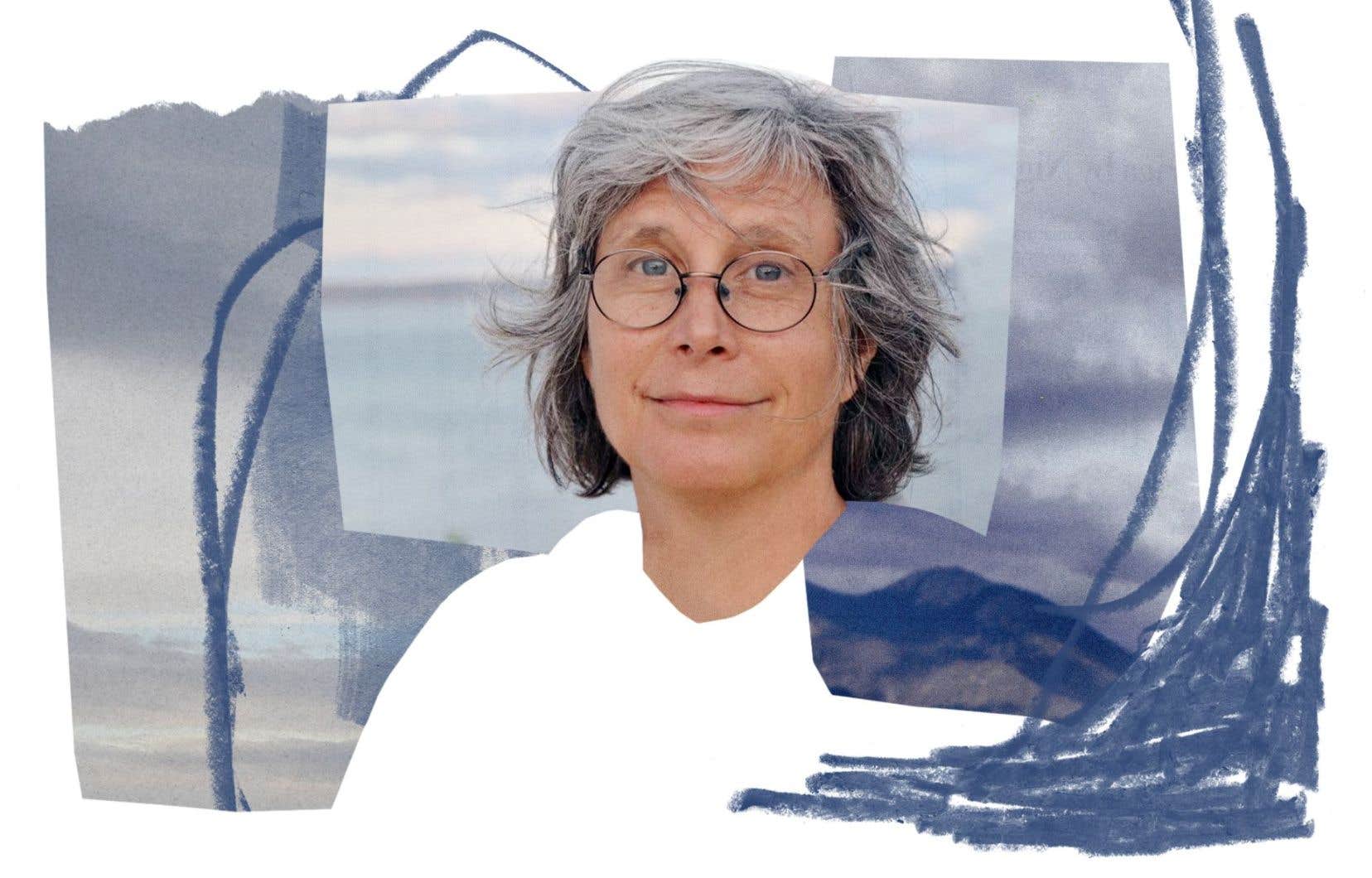We arrived with our boats, our papers and our pencils, our guns and our brandy. We had big plans for trade, evangelization and colonization.
America, here we come. We bring with us history, since it begins with writing, as the historian Éric Bédard mentioned very recently, regarding the upcoming opening of a new National Museum of the History of Quebec. And that here, the culture of the First Nations, which had been transmitted on the territory for millennia, from generation to generation, was of oral tradition.
In fact, this “oral tradition” was a complex and rich culture, and a unique way of inhabiting this territory where Jacques Cartier and his men set foot for the first time.
“Nutshimit, you gave me my language, Innu-aimun,” says Innu poet Joséphine Bacon.
Nutshimit, for the Innu, is the territory where we find food, shelter and health care, where the language tells us where to go and what to do. This is the space that was confiscated from them by settling them and putting them on reserves, in the wake of the Indian Act.
In this territory that we call Quebec today, the rivers, lakes, mountains and forests have had indigenous names. Before the arrival of the Whites, these lands did not know private property, but the different nations defended trap lines, hunting and fishing territories.
To name his first establishment, Champlain gleaned an indigenous word, Quebec, “where the river narrows.” At the time, the word did not name a nation, it designated a landscape.
The anthropologist Serge Bouchard noted the indifference and contempt with which French explorers held the indigenous peoples they found on their path. In his latest bookThey were America, he writes, about Jacques Cartier and his first relations with the Aboriginal people: “The Breton captain does not seek friendship or the sweetness of commerce, he seeks kingdoms filled with gold, and, in the immediate future, he cares about measuring the strengths of the village of Stadaconé, much more than its hospitality. » Further on, regarding Samuel de Champlain: “Champlain never learned an Amerindian language”, it is “a well-deserved reproach against a man who spent almost thirty years in the country”.
I read the fabulous Stories of Mathieu Mestokosho, Innu hunter, by Serge Bouchard, as one enters the threshold of an unsuspected world. Transcriptions of interviews carried out with an aging Innu hunter in 1971, they tell the story of the life of a nomadic hunter, where everything revolved around the sacred value of nature. I was blown away by the final scene of the Diary of Knud Rasmussen, a film by Inuit Zacharias Kunuk, where an Inuit shaman says goodbye to the animal spirits who have until then guided him spiritually, to turn to Christianity. In his novel Sanaaq, the Inuit Mitiarjuk Nappaaluk, who had never gone to “white people’s school”, translated Inuit reality into syllabic alphabet, accompanied by a missionary. Recounting the first contact with the whites, whom she calls the Qualunaat, or Big Eyebrows, his character says: “How nice it is that they are coming to settle in the country. There’s going to be some Big Eyebrows here. »
Indigenous codes and references were a world away from ours, and we never really tried to understand them. Today, Indigenous people must use our writing systems to make themselves heard and pass them on. In the meantime, tiptoeing under the influence of colonization, many elements of these cultures have disappeared. They fell into the blind spot of the history of our Conquest.
It took 500 years for the Catholic Church to repudiate “the doctrine of discovery”. Accompanied by the notion of Terra nullius (vacant lands), this doctrine allowed the seizure of territories in America, which they believed belonged to no one. The Church officially rejected it in March 2023.
In the series Let us tell, produced by Radio-Canada, recounting the arrival of Jacques Cartier in Gaspé in 1534, the Micmac Quentin Codo said: “We discovered sick people on board a ship, lost and hungry. We rescued them because that’s who we are. We are not savages. » It is our turn now, in a National Museum of the History of Quebec or elsewhere, to recognize them for their true value.
